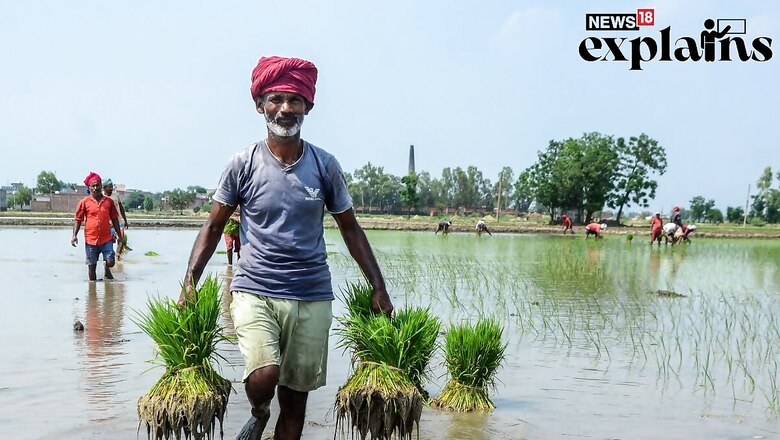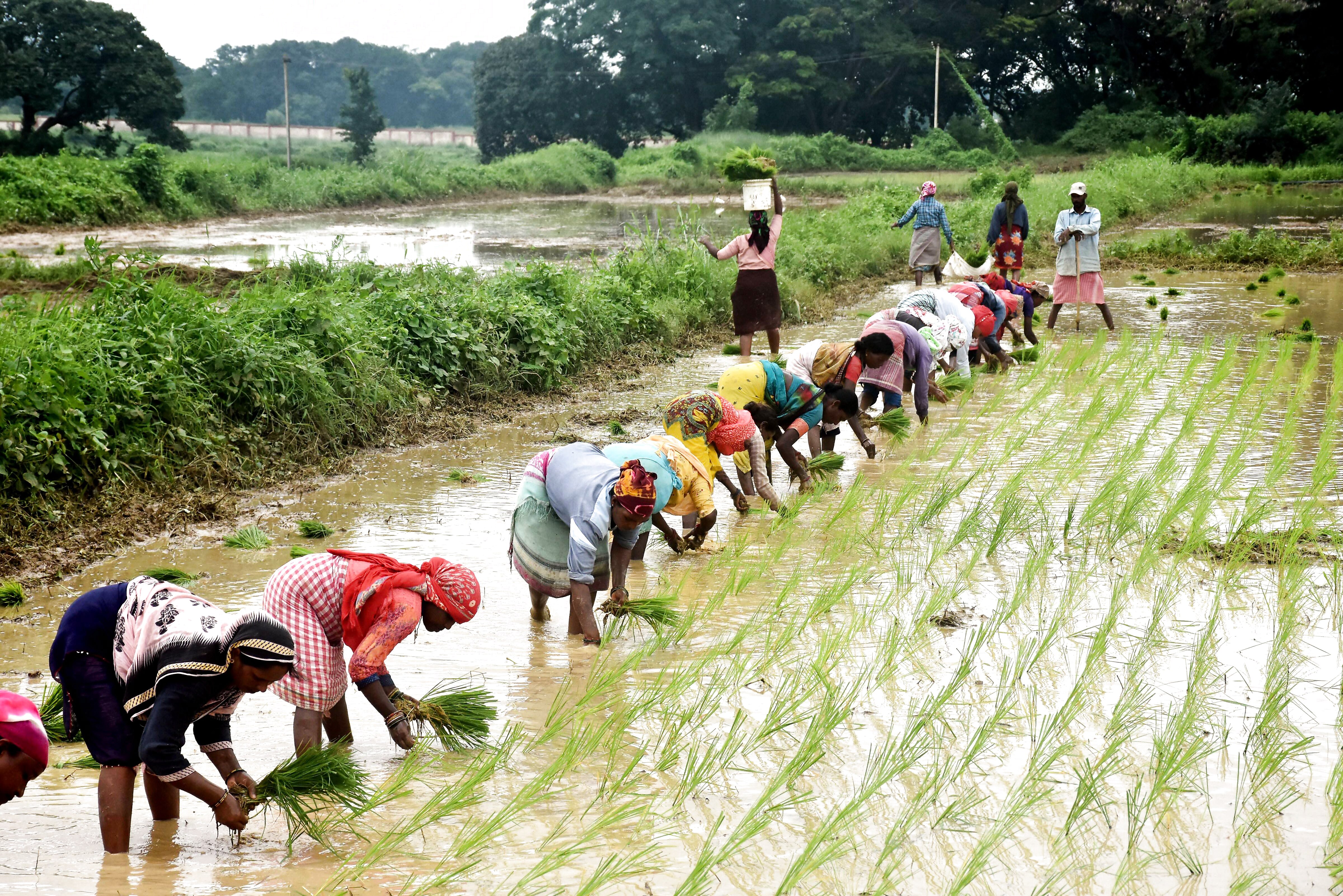
views
India has received low rains in August and the rainfall next month is expected to remain below average in a concerning trend for the agriculture sectors. The rain patterns have been disruptive this year as some states received heavy rainfall in the monsoon while other northern states remained dry.
The uneven rains and hailstorm in March and April have already started threatening the food supply as several agricultural products including onion and sugar are already seeing low supply.
Concerns over Food Inflation
Amidst the halfway mark of the monsoon season and an exceedingly dry August has raised alarms about the prospects of essential kharif crops like soybean, cotton, maize, bajra, and onions. The current surge in food inflation, which rose to 11.51% in July from 4.49% in June, is attributed to the dry conditions.
India has already imposed ban on the export of non-basmati white rice and 40% export duty on onions to check domestic prices. The country in the last few months also saw retains prices of tomatoes reaching Rs 200 kilograms. India is also expected to impose ban on the export of sugar for the supply-demand mismatch and curb domestic prices, according to Reuters.
The recent dry spells in August and September are further believed to adversely impact kharif crops. According to experts, if the dry conditions persist in August, there’s potential for an increase in food inflation.
What is El Nino?
El Nino is the large-scale warming of surface temperatures in the central and eastern equatorial Pacific Ocean. El Nino events are typically associated with increased rainfall in parts of southern South America, the southern United States, the Horn of Africa and central Asia.

It can also cause severe droughts over Australia, Indonesia, parts of southern Asia, Central America and northern South America.
When El Nino occurs, coastal waters in the eastern tropical Pacific become warmer and the atmospheric pressure over the ocean decreases. It impacts ocean temperatures, speed and strength of ocean currents and weather conditions.
In India, it leads to warm weather in the subcontinent in the winter season and dry and inadequate monsoons in the summers, according to a report in The Economic Times.
India Affected by El Nino
Monsoon rainfall, which accounts for 80 percent of India’s annual rainfall, is influenced by two broad factors- an external one which is the El Nino Southern Oscillation and the internal factor which is the monsoon trough.
The El Nino influences the trade winds and their ability to carry warm and moist air towards India around monsoon and leads to below-normal rainfall and severe droughts.
The trough, on the other hand, swings between north and south India through the monsoon bringing rain wherever it is active and is fed on moisture brought in from the Bay of Bengal and the Arabian Sea to a lesser extent.
However, in the last few decades, the role of climate change has dramatically increased ocean temperatures in the Indian Ocean, but these depressions are not reaching out as strongly towards North India as it was in the past.
India has received sparse rainfall in August and the downpour is expected to remain below normal in September. According to a report in Down To Earth, the country is heading for a driest August in more than a century. Indian Meteorological Department (IMD) said that around 31 percent of India’s total land area is grappling with varying degrees of arid conditions.
According to Akshay Deoras, a climate scientist, this is a clear impact of the developing El Nino and the lack of favourable intra-seasonal weather patterns that boost monsoon rainfall.
The El Nino impact on the rainfall is expected to affect Kharif crops as the farmland are mostly rain-fed. The El Nino effect can result in droughts over many parts of the country resulting in crop failure and increased food costs or lower yields.




















Comments
0 comment